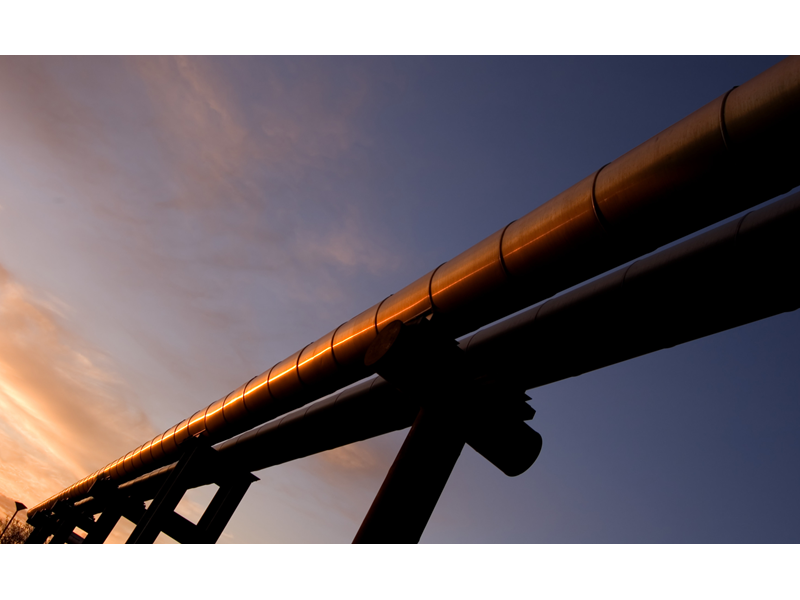The future of European upstream oil and gas
Supply, demand and investment themes to watch in Europe’s upstream oil and gas sector outlook
3 minute read
Neivan Boroujerdi
Research Director, Upstream Oil and Gas

Neivan Boroujerdi
Research Director, Upstream Oil and Gas
Neivan is a research director with particular expertise in North Sea development costs, exploration and M&A.
Latest articles by Neivan
-
Opinion
Benchmarking the Middle East NOCs against the supermajors
-
The Edge
How and why big oil is strengthening its oil and gas exposure
-
Opinion
ADNOC acquires 10.1% stake in CCUS player Storegga
-
Opinion
The challenges and opportunities in Europe’s oil & gas, CCUS and hydrogen sectors
-
Opinion
Are NOCs prepared for the energy transition?
-
Opinion
The future of European upstream oil and gas
With energy security leaping up the agenda, Europe is facing the fact it still needs oil and gas for the foreseeable future. But does the region have enough supply to meet ongoing demand as the energy transition progresses?
In a recent webinar we tackled the big topics for European upstream, from energy security and fiscal disruption to regional gas supply and major new projects. Fill out the form to watch the replay, or read on for a quick introduction to some of the themes discussed.
Will the UK be able to exploit its remaining resources in the North Sea?
The last 12 months have been a volatile period for UK North Sea upstream, with huge profits offset by fiscal changes. While a record volume of projects saw Norway committing to the development of its remaining resources, UK operators are facing political and fiscal barriers.
But the case for new UK oil and gas is strong. The UK has been a net importer of oil and gas since the early 2000s and currently imports more than 50% of the oil and gas it consumes. That reliance is set to grow further.
Even in a scenario where global warming is kept below 1.5 °C, UK demand for both oil and gas will continue to outstrip domestic supply.
UK North Sea reserves comprise around five billion barrels of oil equivalent (boe) in onstream or approved fields. Up to a further five billion boe are potentially available in the form of pre-FID projects, reserve growth and yet-to-find volumes. This represents a relatively small resource from a global perspective. However, as carbon intensity for these barrels is relatively low, it makes sense for producers to prioritise them.
But the current fiscal situation makes their development uncertain. Initially, the impact of the UK government’s Energy Profits Levy – introduced in May 2022 – was offset somewhat by allowances aimed at stimulating investment in new projects and improving energy security. But November 2022 saw significant changes – including a 10% increase in the marginal rate and extension to 2028.
Despite the introduction of a de facto price floor in June 2023, it does not remove the long-term uncertainty that has engulfed the sector with the prospect of a new government adding to the headwinds facing UK developments.
For our view on the fiscal environment, fill in the form to watch the webinar replay.
Can Europe boost gas production to ensure security of supply?
With energy security a priority and the giant Groningen field in the Netherlands due to stop production, Europe needs new sources of gas. Pre-production projects that could meet the continent’s supply needs are overwhelmingly offshore and clustered in a few locations.
Most significantly, more than 14 trillion cubic feet of gas discovered in the East Mediterranean in Cyprus has yet to be developed. Other key projects outside the core North Sea countries (Norway, the UK and Denmark) are located in the Black Sea in Romania and Turkey, and in the Dutch and German parts of the North Sea. Turkey’s giant state-owned Sakarya field is particularly noteworthy, having gone from discovery to commissioning in less than three years. Overall, Turkey’s state oil company TPAO reports a huge 25 trillion cubic feet (710 billion boe) of gas in its Deepwater Black Sea fields.
Our commercial base case forecasts up to 1.2 billion cubic feet per day (215,000 boe) of combined production from these projects by 2030. However, if we include all contingent resources in the region, the peak could reach five billion cubic feet per day (more than 900,000 boe).
It’s worth bearing in mind, though, that all of this gas may not be consumed in Europe. For example, there is potential for any gas produced from the Cypriot fields to be turned into LNG for export.
A final factor to be aware of is that the carbon intensity of any new projects will – rightly – be heavily scrutinised, making emissions reduction key to investment decisions throughout the region. The Dutch N05-A platform will receive power from an offshore wind farm, a solution that may be repeated elsewhere.
Get further insight into the outlook for upstream in Europe
Watch the webinar replay for detailed analysis of the outlook for the European upstream sector, including a wide range of charts and data.
Fill in the form at the top of the page for complimentary access.


